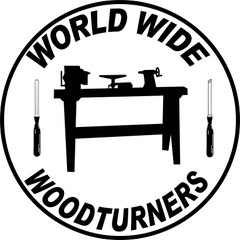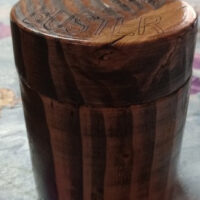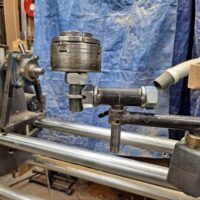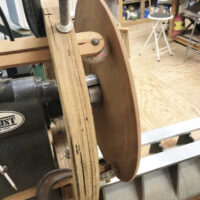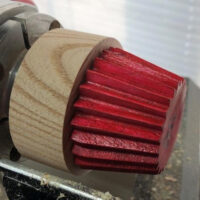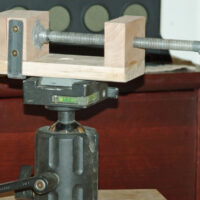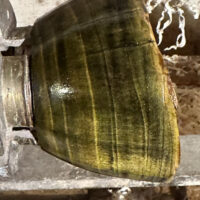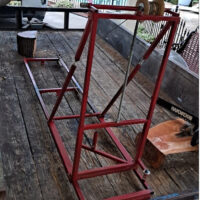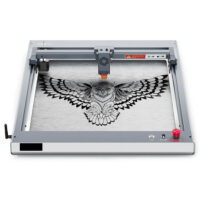
Laser Engraving for Wood Turners ( Part 3 ) – Todd Fipps
… Continued from March 26, 2025 Choosing Safe Materials for Engraving: Wood and Beyond Selecting the right material for laser engraving is just as important as choosing the correct machine settings. While wood is the most commonly used material for woodturners, laser engraving can also be applied to leather, acrylic, metal, glass, and more. However, Read More …
